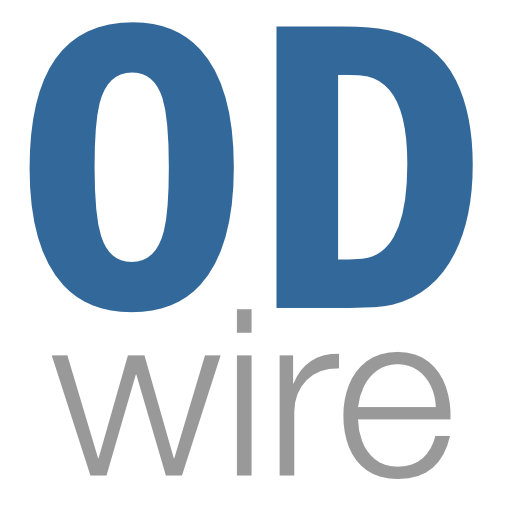- Jul 30, 2007
- 8,433
- 75
- 0
- School/Org
- Newsbot U
- City
- Barre
- State
- VT
Let optometrists do eye surgery? That's going to be a no American Medical Association
Continue reading...
Continue reading...

| CEwire2026 is Here! Early Birds: Get $50 off your Registration and receive a $20 Starbucks Gift Card [View Course List] [Register Now] (Offer Expires 1/2/2026) |
MCAT scores are remaining stable over time and this makes sense.We’re contributing to their arguments.
The applicant: seat ratio approaches 1:1.
I just watched a presentation citing lower OAT scores over time.
MCAT scores are remaining stable over time and this makes sense.
The number of medical schools in the country has increased about 10% in the past 25 years.
The number of optometry schools since I graduated 25 years ago is up almost 50%.
None of what I wrote is a secret. While Adam takes precautions, anyone can take a screenshot.FYI this thread is not private, it is in the public forum.
I have never worked in an ophthalmology clinic.None of what I wrote is a secret. While Adam takes precautions, anyone can take a screenshot.
Posts on social media, the KBOE actions… all public. Institutional report (NBEO pass rates) and college data are on the ASCO website. Going backwards, the ABO federal court testimonies… public.
The dilation thing… every OMD sees it. ODs advertise “no dilation necessary.” Many habitually check a box that says: “Refused dilation.”
Social media posts are public and permanent. Discoverable. ODs’ posts on Facebook include making more money, saying they ignore record requests, money, calling pts names, money, admitting exam piracy (a crime), money, name-calling, money, saying they never dilate, money, customer/business, money, their boss won’t let them dilate, and quite a lot about money.
The idea that optometry is in a vacuum is silly. Also, we’re very small and such gossipers that there are no secrets. I became annoyed during the ARBO annual mtg, left, checked out, drove home. Then NBEO wanted me at another mtg. Drove back! I look forward to hearing the alternative hypotheses.
I have never worked in an ophthalmology clinic.
What percentage of patients in a general ophthalmology practice refuse dilation? I imagine it's less than the average optometry practice but it sure as heck ain't zero.


